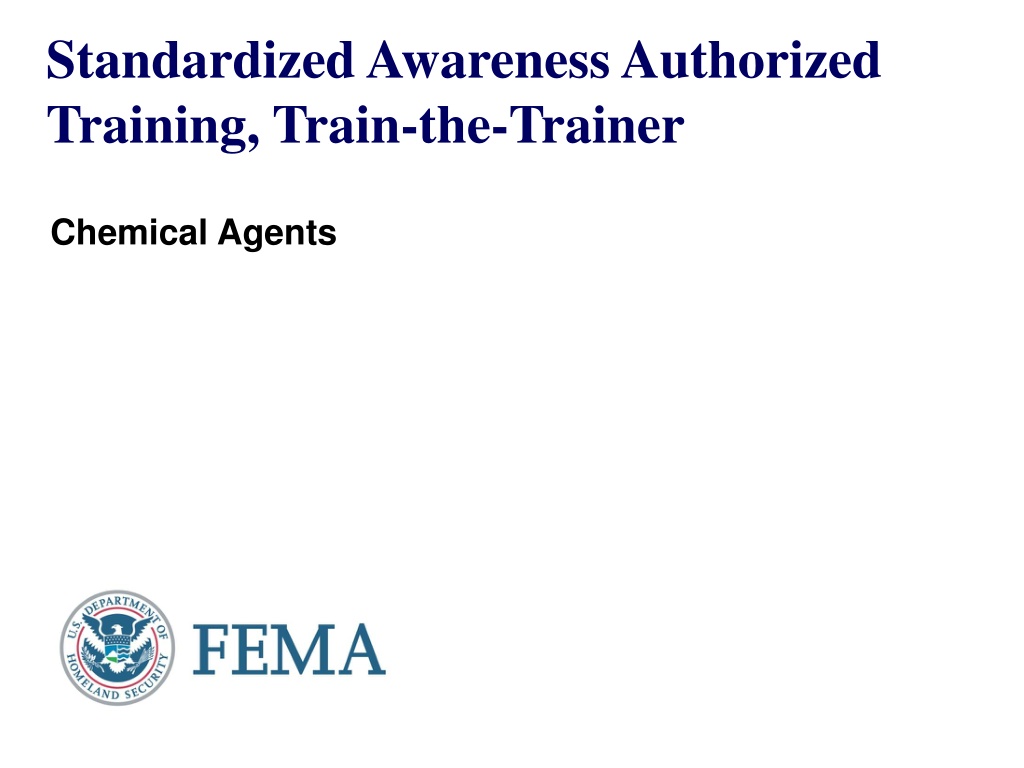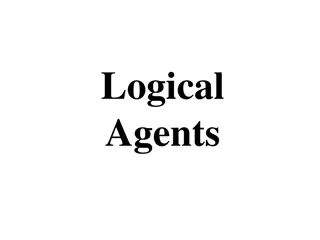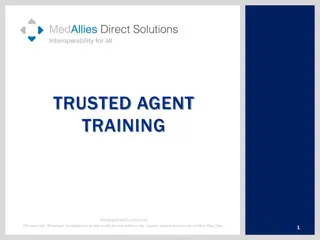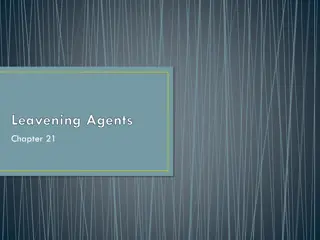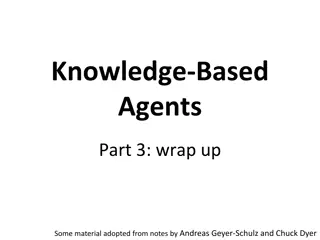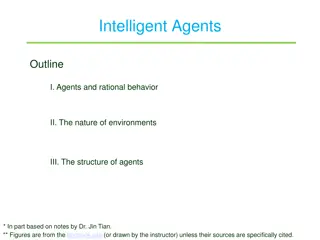Chemical Agents Awareness Training Overview
This training module covers standardized awareness and authorized training on chemical agents, including toxic industrial chemicals, riot control agents, and chemical warfare agents. Participants will learn about the physiological signs/symptoms, advantages/disadvantages of using chemical agents for terrorists, control zones during incidents, and instructional strategies. The module also discusses various types of chemical agents, dissemination methods, signs/symptoms, nerve agent effects, and the TRACEM-P acronym.
Download Presentation

Please find below an Image/Link to download the presentation.
The content on the website is provided AS IS for your information and personal use only. It may not be sold, licensed, or shared on other websites without obtaining consent from the author. Download presentation by click this link. If you encounter any issues during the download, it is possible that the publisher has removed the file from their server.
E N D
Presentation Transcript
Standardized Awareness Authorized Training, Train-the-Trainer Chemical Agents
Objectives Discuss chemical agents, such as Toxic Industrial Chemicals (TIC), Riot Control Agents (RCA), and Chemical Warfare Agents (CWA), as well as the physiological signs/symptoms associated with them. Discuss the advantages and disadvantages of using chemical agents for terrorist activity. Identify potential sources in the community where chemicals are manufactured, transported, stored, used, or disposed. 1
Objectives (continued) Discuss the TRACEM-P acronym. Identify the indicators of a possible criminal/terrorist act involving chemical agents. Discuss the control zones used during a chemical agent incident. Discuss instructional strategies for facilitating the Chemical Agents module. 2
Chemical Agents Types Dissemination Availability Volatility Vapor Density Senses Routes of Entry; inhalation, ingestion, absorption, injection General Signs and/or Symptoms 3
Types of Chemical Agents Toxic Industrial Chemicals Anhydrous ammonia Chlorine Hydrogen cyanide Incapacitating Agents Riot Control Agents; only a temporary irritating effect 4
Chemical Warfare Agents Choking Agents; dry land drowning Blood Agents Blister Agents; blanched skin, skin inflammation, pulmonary edema, eye irritation Nerve Agents; sweating, drooling, runny nose, pinpointed pupils Courtesy of the CDP 5
Nerve Agent Signs and Symptoms SLUDGEM: Salivation (drooling) Lacrimation (tears) Urination Defecation Gastric distress (stomach) Emesis (vomiting) Miosis (constriction of pupils) 6
Advantages of Using Chemical Agents for Terrorist Activity Easy to make or acquire Available Immediate effect Hard to detect Easily spread Tie up resources Psychological impact 7
Disadvantages of Using Chemical Agents for Terrorist Activity Requires large quantities Production and deployment hazardous to terrorists 8
Sources of Toxic Industrial Chemicals (TIC) Chemical manufacturing plants Food processing facilities Transportation assets Airports Industries Laboratories Courtesy of the Indiana Department of Environmental Management 9
TRACEM-P TRACEM-P outlines potential hazards and mechanisms of injury at a hazardous materials incident Thermal Radiological Asphyxiation Chemical Etiological Mechanical Psychological 10
Indicators of a Possible CWA Attack Numerous dead animals Lack of insect life Mass casualties Unexplained physical symptoms Pattern of casualties Illness in a confined geographic area Courtesy of CDC Public Health Image Library (PHIL) # 8518 11
Indicators of a CWA Attack (continued) Unusual liquid droplets Areas of dead vegetation Unexplained odors Numerous people experiencing blisters Low-lying cloud/fog conditions Unusual metal debris/bomb-like materials present 12
Control Zones Courtesy of CDP 13
Activity Courtesy of Rob Low 14
Questions for Presentation Preparation How will you explain the importance of learning this module to your participants? What do participants need to learn from this module content? What additional resources can be used to reinforce learning the content in this module? How will you involve the audience in learning this material? What safety concerns need to be reinforced in this module? 15
Conclusion What are the characteristics and physiological signs/symptoms associated with chemical agents, TIC, RCA, and CWA? What are some advantages and disadvantages of using chemical agents for terrorist activity? What are some potential sources in the community where chemicals are manufactured, transported, stored, used, or disposed? 16
Conclusion (continued) What are the potential hazards encountered by a responder at a HAZMAT incident, as represented by the acronym TRACEM-P? What are the indicators of a possible criminal/terrorist act involving chemical agents? How would you use control zones for a chemical agent incident? What are some potential instructional strategies you could use to facilitate the Chemical Agents module? 17
Standardized Awareness Authorized Training, Train-the-Trainer Chemical Agents End of Module
